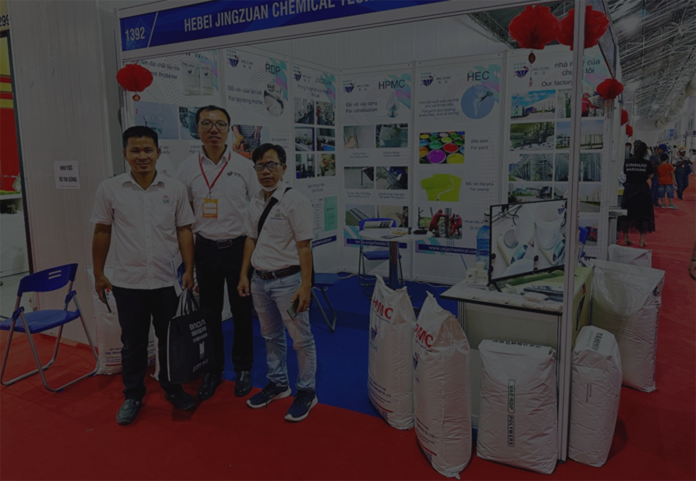
Sep . 06, 2024 05:59 Back to list
Hydroxyethyl Cellulose - Properties, Applications, and Benefits
Hydroxyethyl Cellulose An Overview
Hydroxyethyl cellulose (HEC) is a non-ionic, water-soluble polymer derived from cellulose, a natural polysaccharide. It is synthesized through the reaction of ethylene oxide with cellulose, resulting in a substance with enhanced solubility and improved properties for various applications. HEC has gained significant attention in diverse industries, including pharmaceuticals, cosmetics, food, and construction, due to its versatile functionalities.
One of the primary features of hydroxyethyl cellulose is its thickening ability. It acts as a rheology modifier, which means it can control the flow and viscosity of solutions. This property is particularly advantageous in the formulation of personal care products such as lotions, creams, and gels. By adding HEC, manufacturers can achieve desired textures and consistency, providing a better sensory experience for consumers. Additionally, HEC is often used in toothpastes and shampoos to ensure a uniform distribution of ingredients.
In the pharmaceutical industry, hydroxyethyl cellulose serves as an excipient in various drug formulations. It is utilized as a binder in tablets, enabling the ingredients to adhere together effectively. Moreover, its film-forming capability allows for the production of sustained-release formulations, where the drug is released slowly over time. This controlled release can improve therapeutic outcomes by maintaining consistent drug levels in the bloodstream.
hydroxyethyl cellulose

HEC is also prominent in the food industry, where it functions as a food additive. It is employed as a stabilizer, emulsifier, and thickener in various food products, contributing to improved texture and mouthfeel. Furthermore, its ability to retain water makes it valuable in baked goods, dairy products, and sauces, ensuring consistency and prolonging shelf life.
In construction, hydroxyethyl cellulose is used as a water-retaining agent in cement-based products like adhesives and mortars. Its presence helps prevent the quick evaporation of water, ensuring that the mixtures retain their workability for a longer period. This characteristic is particularly beneficial in hot and dry conditions where water loss can compromise the quality of construction materials.
In summary, hydroxyethyl cellulose is a multifunctional polymer with a wide range of applications across various industries. Its ability to modify viscosity, stabilize formulations, and enhance performance makes it an invaluable ingredient in personal care, pharmaceuticals, food, and construction. As research and development continue, the potential applications for HEC are likely to expand, underscoring its significance in modern formulations.
-
Versatile Hpmc Uses in Different Industries
NewsJun.19,2025
-
Redispersible Powder's Role in Enhancing Durability of Construction Products
NewsJun.19,2025
-
Hydroxyethyl Cellulose Applications Driving Green Industrial Processes
NewsJun.19,2025
-
Exploring Different Redispersible Polymer Powder
NewsJun.19,2025
-
Choosing the Right Mortar Bonding Agent
NewsJun.19,2025
-
Applications and Significance of China Hpmc in Modern Industries
NewsJun.19,2025







